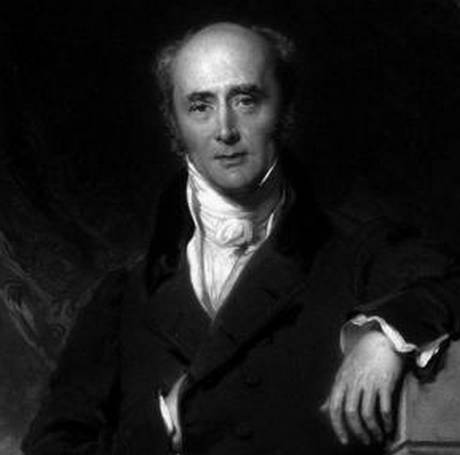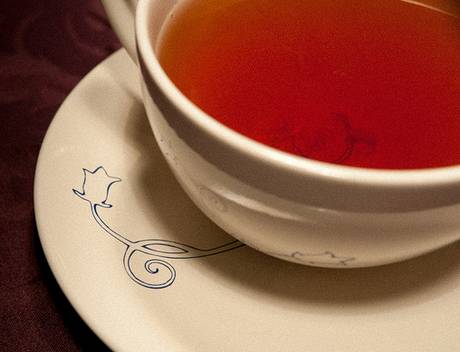Time for coffee and tea
Earl Grey Tea
Tea Facts
Recommended Pages
Caffeine in Earl Grey Tea
Bergamot orange, scientific name Citrus bergamia, is a small tree that blossoms during winter. Its juice is more bitter than grapefruit but is less sour than lemon. Bergamot’s distinctive aroma is widely known for its use in Earl Grey tea. Earl Grey tea is commonly known for its distinctive aroma and flavour that is derived from the addition of extracted oil from the brind of a fragrant citrus fruit, the bergamot orange.
The term “Earl Grey” was typically applied to black tea but in the modern days, it is not used for teas that contain the flavor or oil of bergamot.
The blend of Earl Grey is named after the British Prime Minister in the 1830s, 2nd Earl Grey, which is also the author of the Reform Bill of 1832. He reputedly received a diplomatic perquisite, which can also be considered as a gift, of tea that is flavored with bergamot oil, which was extracted from bergamot, a typical citrus fruit in Southeast Asia and grown commercially in Italy.

Photograph of Charles Grey, The 2nd Earl from whom the name for the tea was given. Photograph Source.
One of the most popular drinks in the world is tea. Due to the fact that tea and coffee both contain a stimulant ingredient known as caffeine, these drinks make an excellent morning beverage that can quickly jolt an individual to get ready for the day ahead.
The caffeine content of Earl Grey tea is not as high as that of the coffee, which means that it can greatly reduce the risks of the different effects of caffeine in the body. Indeed there are about 40 to 60mg of caffeine in an average cup of Earl Grey tea; compare this to the 140 to 200mg of caffeine that are usually found in a cup of brewed coffee.
Aside from reducing the amount of caffeine in the body, another benefit of this tea is it is packed with antioxidants that helps protect the body from harmful and damaging free radicals. It aids in delaying the aging the process thus, keeping the body young. Studies have shown that drinking tea can also reduce heart attack risks, which makes up for the detrimental effects of caffeine.

Photograph by alexbartok.
Although most people believe that tea and coffee have similar effects in the body, it is not always the true. This is because these two beverages have varying caffeine content that gives different effects to the body. Cancer fighting chemical agents are present in both earl gray tea and coffee but form a larger percentage in tea, and teas have higher hydrating effects on the body than coffee. The caffeine content in Earl Grey tea is generally not the same as that of coffee thus, these two perfect morning beverage have distinctive effects in the body.
One of the natural components of Earl grey tea is fluoride, which is safer than the artificially prepared fluoride mixed in with drinking water. Enjoying a cup of this healthy beverage can produce several health benefits.